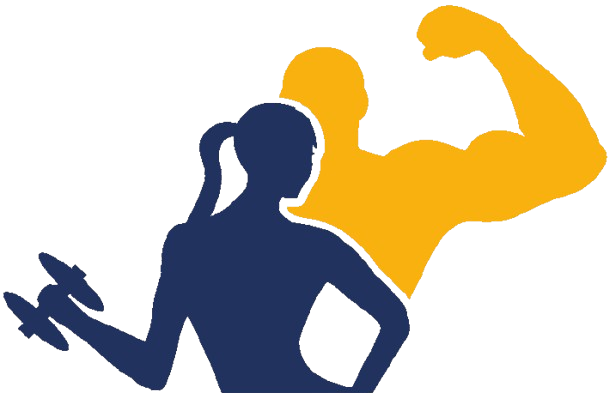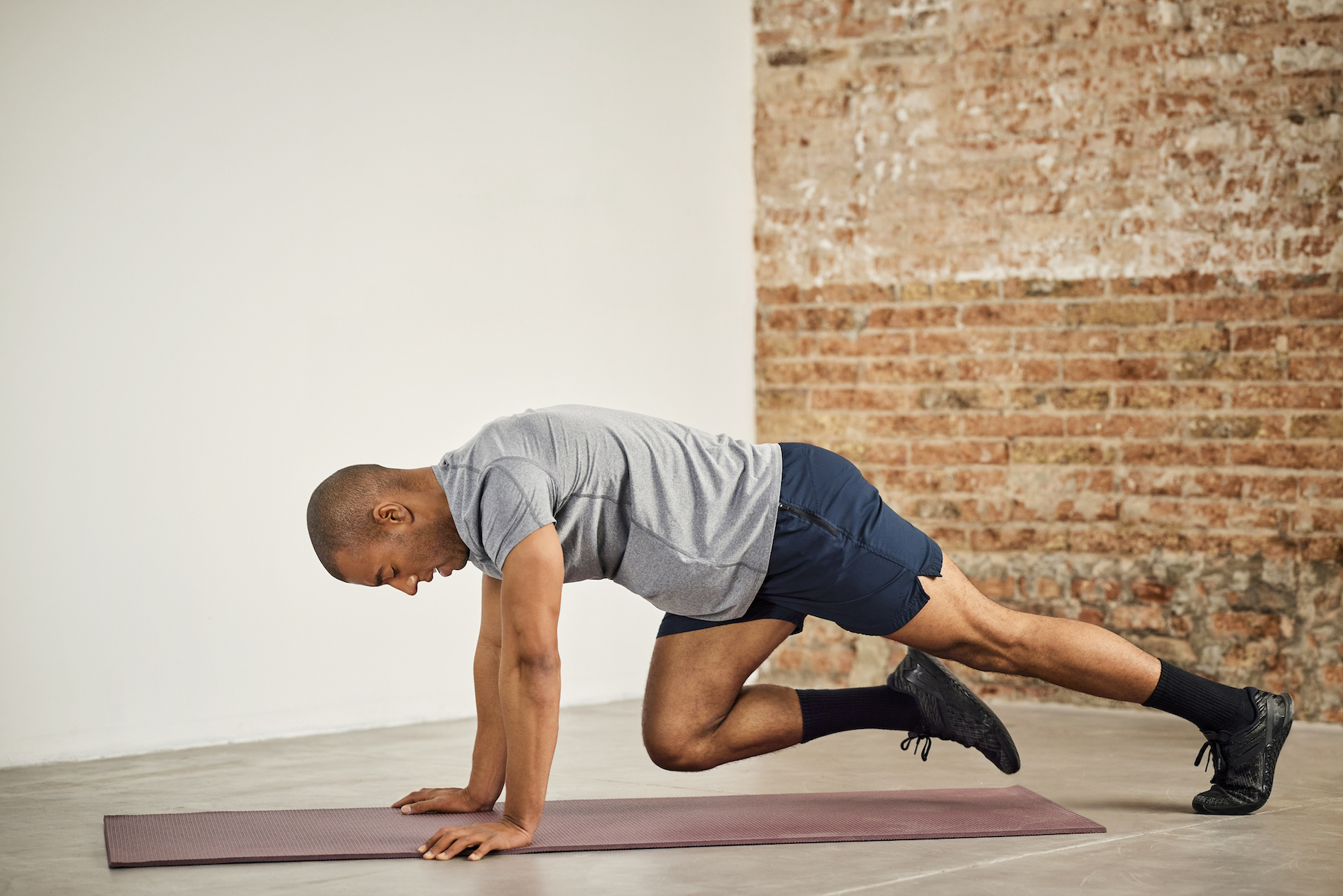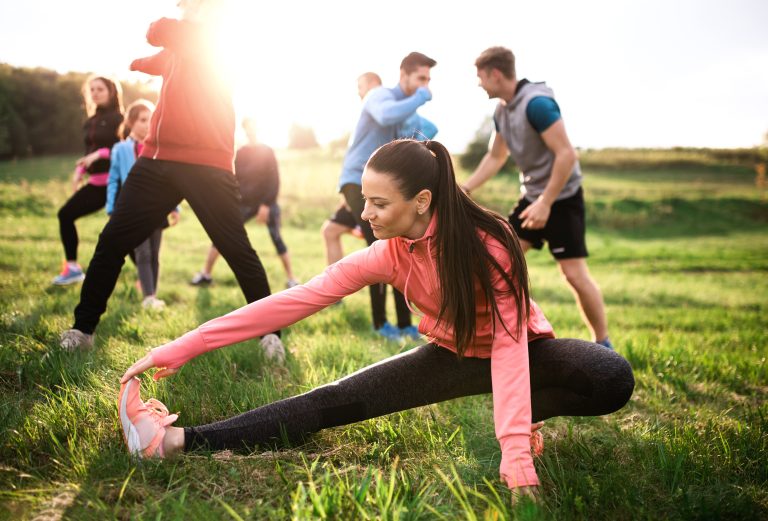The Complete Guide for Stretching and Warm-Ups
A proper warm-up and stretching regimen is vital before beginning any workout, be it a focused yoga practice, a leisurely jog, or a high-intensity training session. These sometimes disregarded elements are essential for getting your body ready for exercise, avoiding injuries, and performing at your best. This thorough tutorial will discuss the value of stretching and warm-ups, offer real-world examples, and show you how to modify them to meet your own needs.
I. The Crucial Role of Warm-ups: Preparing Your Body for Action
A warm-up is not just about breaking a light sweat; it’s about gradually increasing your heart rate, blood flow, and muscle temperature, preparing your body for the demands of the workout ahead.
- Increased Blood Flow and Oxygen Delivery: Warm-ups enhance blood flow to your muscles, delivering oxygen and nutrients necessary for optimal performance.
- Elevated Muscle Temperature: Warmer muscles are more flexible and less prone to injury.
- Improved Joint Lubrication: Warm-ups stimulate the production of synovial fluid, lubricating your joints and reducing friction.
- Enhanced Neural Activation: Warm-ups prepare your nervous system for the coordination and power required during exercise.
- Mental Preparation: Warm-ups allow you to mentally focus and prepare for the workout.
II. Types of Warm-ups: Tailoring to Your Activity
- General Warm-up: Involves light cardiovascular activity, such as jogging, cycling, or jumping jacks, to raise your heart rate and increase blood flow.
- Dynamic Warm-up: Includes active movements that mimic the exercises you’ll be performing, such as arm circles, leg swings, and torso twists.
- Sport-Specific Warm-up: Tailored to the specific movements and demands of your sport or activity.
III. Examples of Dynamic Warm-up Exercises:
- Arm Circles (Forward and Backward): Improves shoulder mobility.
- Leg Swings (Forward and Sideways): Enhances hip mobility and flexibility.
- Torso Twists: Improves spinal mobility and core engagement.
- Walking Lunges: Activates quadriceps, glutes, and hamstrings.
- High Knees: Increases heart rate and activates leg muscles.
- Butt Kicks: Warms up hamstrings and glutes.
- Inchworms: Improves flexibility and core stability.
IV. The Significance of Stretching: Enhancing Flexibility and Range of Motion
Stretching plays a crucial role in improving flexibility, range of motion, and muscle recovery.
- Increased Flexibility: Stretching lengthens muscles and increases their range of motion.
- Improved Range of Motion: Enhanced flexibility allows for greater movement and improved performance.
- Reduced Muscle Soreness: Stretching can help reduce delayed-onset muscle soreness (DOMS).
- Improved Posture: Stretching can help correct muscle imbalances and improve posture.
- Stress Reduction: Stretching can promote relaxation and reduce stress.
V. Types of Stretching: Static vs. Dynamic
- Static Stretching: Holding a stretch for a sustained period (typically 15-30 seconds). Best performed after a workout or as a separate flexibility session.
- Dynamic Stretching: Controlled movements through a full range of motion. Best performed as part of a warm-up.
- Proprioceptive Neuromuscular Facilitation (PNF) Stretching: A more advanced technique that involves contracting and relaxing muscles to increase flexibility.
VI. Examples of Static Stretches:
- Hamstring Stretch: Targets the back of the thigh.
- Quadriceps Stretch: Targets the front of the thigh.
- Calf Stretch: Targets the calf muscles.
- Chest Stretch: Targets the chest and shoulders.
- Triceps Stretch: Targets the back of the upper arm.
- Shoulder Stretch: Targets the shoulder muscles.
VII. When to Stretch: Before or After Your Workout?
- Dynamic Stretching: Best performed before a workout as part of a warm-up.
- Static Stretching: Best performed after a workout or as a separate flexibility session.
VIII. Tailoring Your Warm-up and Stretching Routine:
- Consider Your Activity: Choose warm-up and stretching exercises that are relevant to your activity.
- Listen to Your Body: Avoid pushing yourself into painful positions.
- Progress Gradually: Gradually increase the intensity and duration of your warm-up and stretching routine.
- Consistency is Key: Make warm-ups and stretching a regular part of your fitness routine.
IX. The Benefits of Regular Warm-ups and Stretching:
- Reduced Risk of Injury: Properly warmed-up and stretched muscles are less prone to strains and tears.
- Improved Performance: Increased flexibility and range of motion allow for better movement and enhanced performance.
- Enhanced Muscle Recovery: Stretching can help reduce muscle soreness and promote faster recovery.
- Increased Flexibility and Mobility: Regular stretching can lead to significant improvements in flexibility and range of motion.
- Improved Overall Well-being: Warm-ups and stretching can promote relaxation, reduce stress, and improve overall well-being.
X. Key Takeaways:
- Warm-ups and stretching are essential components of any fitness routine.
- Dynamic warm-ups are best performed before a workout.
- Static stretching is best performed after a workout or as a separate flexibility session.
- Tailor your warm-up and stretching routine to your specific activity and needs.
- Consistency is key to reaping the full benefits of warm-ups and stretching.
By incorporating effective warm-ups and stretching into your fitness regimen, you can prime your performance, minimize your risk of injury, and unlock your full athletic potential.



